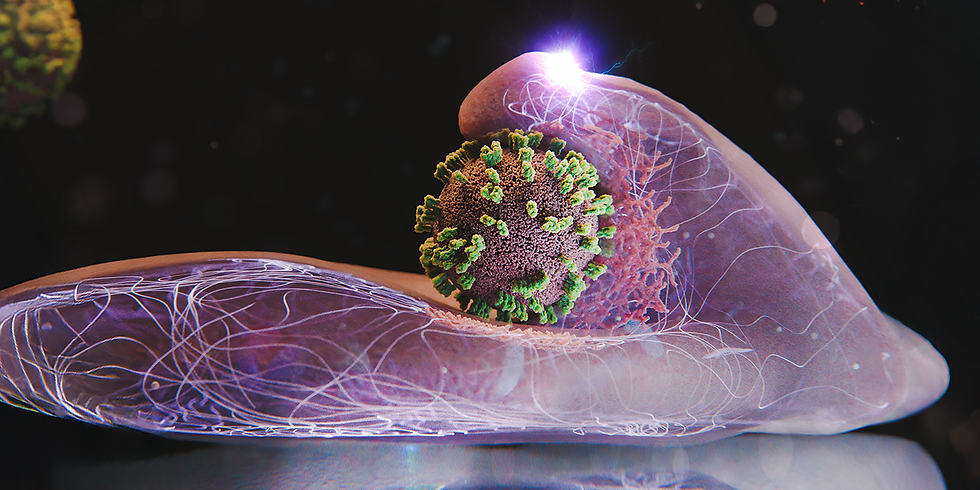FDA plans to phase out animals in drug safety studies – new feature
- Helena Pinheiro
- Jun 2, 2025
- 2 min read
Updated: Jun 6, 2025

A feature on “The Scientist”, by Hannah Thomasy, provides an overview of the recent plans announced by the FDA to phase out animal testing in drug development by replacing animals with New Approach Methodologies (NAMs), such as organoids and organs-on-a-chip systems, as well as computational approaches, including AI.
For decades, preclinical testing in mice, rats, and non-human primates has been crucial to assess drug toxicity and safety for human participants in clinical trials. In 2022, the FDA Modernization Act 2.0 stated that this phase was no longer mandatory, but it did not prohibit the FDA from requesting animal testing.
Now, according to the roadmap accompanying the FDA announcement, “In the long-term (3–5 years), FDA will aim to make animal studies the exception rather than the norm for pre-clinical safety/toxicity testing”.
The feature comments on how these developments are met with simultaneous hope and concern by the scientific community. Even though there is broad support to move away from animal testing whenever possible, scientists and pharmaceutical professionals expressed that NAMs are not yet capable of fully replacing animal models and highlight their main limitation – NAMs do not reproduce organism-level interactions.
Scientists who are enthusiastic about NAMs still see these technologies as a tool to reduce, and not to completely replace, the use of animals.
Joseph Wu, a scientist working on NAMs in the drug discovery process, said, “I'm a proponent of using all models. I'm not a proponent of saying that ‘Oh, in the future, we should just get rid of mouse models’”. He also stated that NAMs can be used prior to animal testing and could greatly reduce the number of animals needed for each experiment.
Although the feature also points to the possibility that these plans can set a positive change by propelling the development of NAMs, it highlights that there is a lot of work to be done if animal testing is to be truly replaced in the next 3-5 years. Considering the current US administration changes to biomedical research, the future of drug development remains uncertain.



